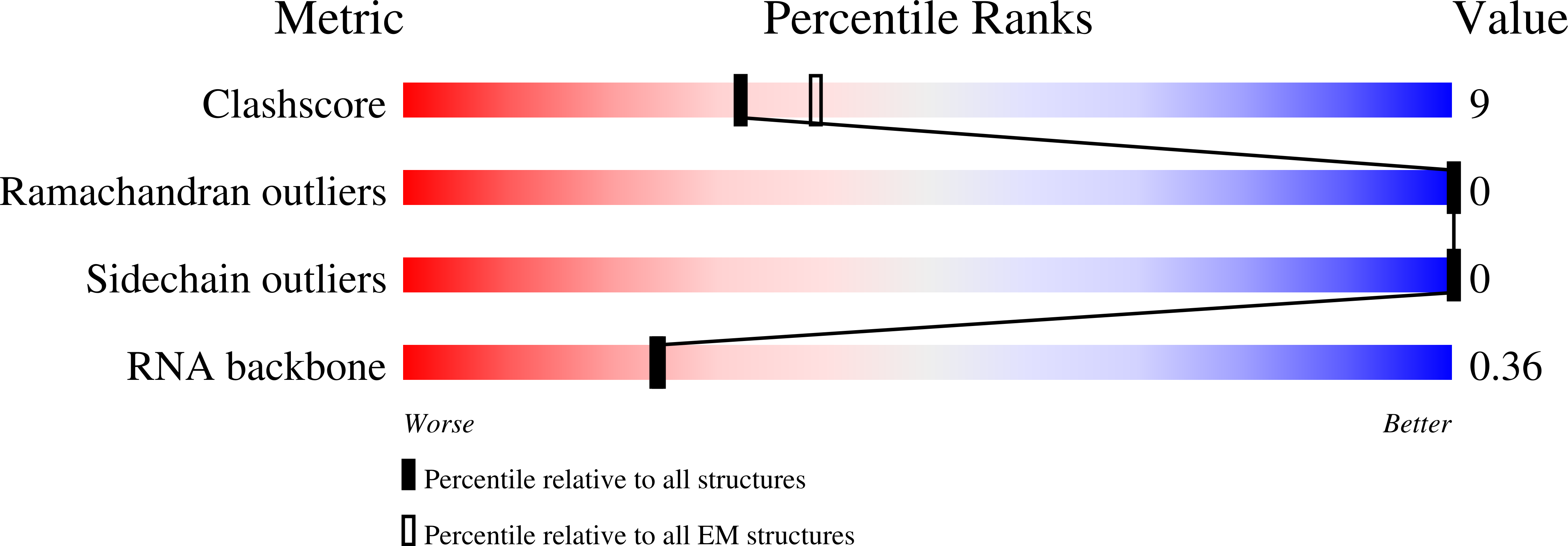
Deposition Date
2021-08-30
Release Date
2021-12-01
Last Version Date
2024-07-17
Entry Detail
PDB ID:
7PLA
Keywords:
Title:
Cryo-EM structure of ShCas12k in complex with a sgRNA and a dsDNA target
Biological Source:
Source Organism:
Scytonema hofmannii (Taxon ID: 34078)
synthetic construct (Taxon ID: 32630)
synthetic construct (Taxon ID: 32630)
Host Organism:
Method Details:
Experimental Method:
Resolution:
3.04 Å
Aggregation State:
PARTICLE
Reconstruction Method:
SINGLE PARTICLE


